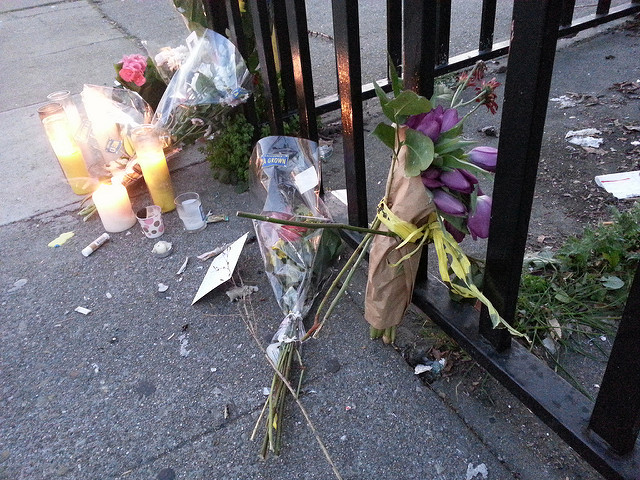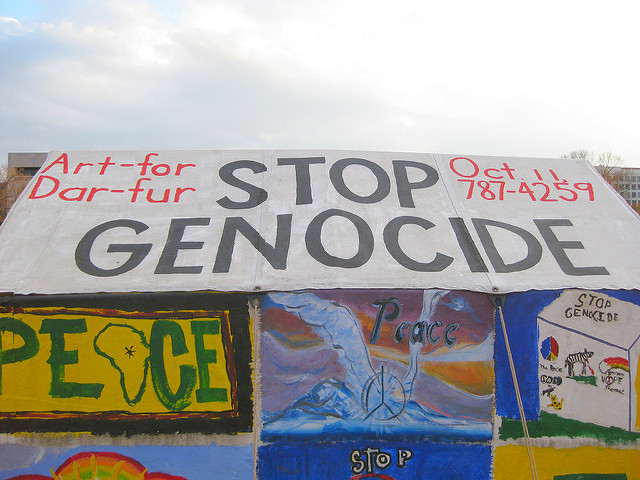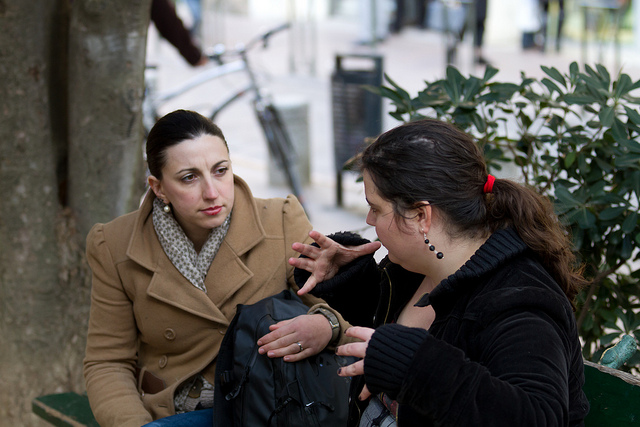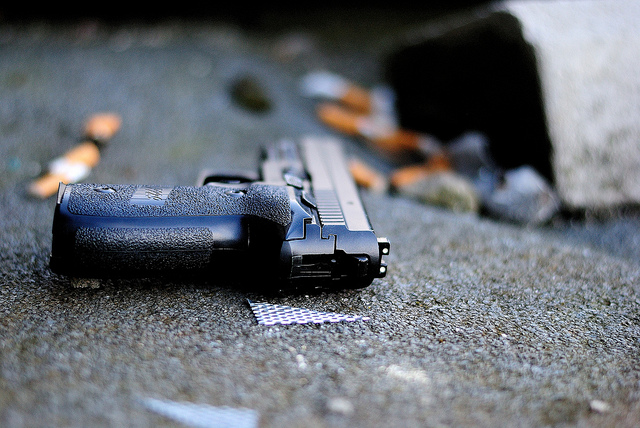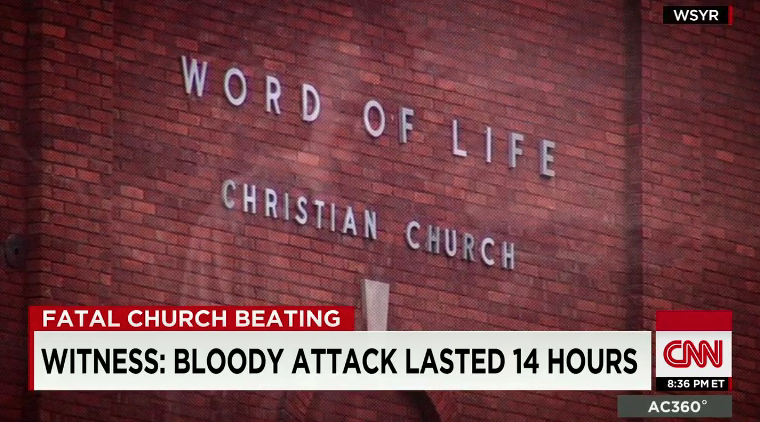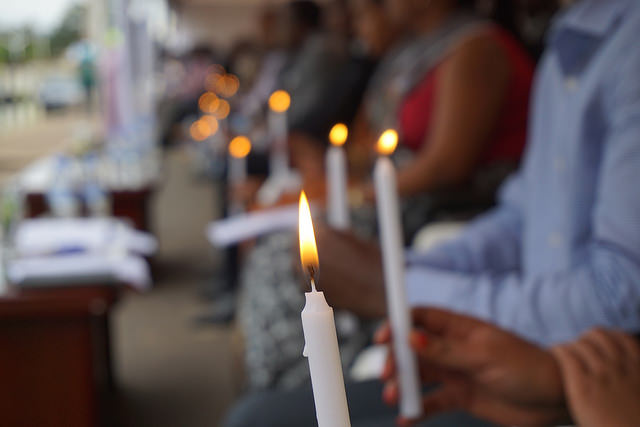
Throughout April, a number of commemoration events span the globe. On Holocaust Remembrance Day, Israel comes to a two-minute stand-still in remembrance of those killed in the Holocaust. April also marks the start of Rwanda’s kwibuka period, where events are held throughout the country to remember those killed in the 1994 genocide. In a recent article in The Conversation, Nancy Berns explains the many ways commemorative events can prove beneficial, while also pointing out that not all historical violence is commemorated equally.
According to Berns, many survivors benefit from simply sharing their experiences, both with others who experienced the violence and with the broader community. While this process may look very different between cultures, commemorative events create a space for individuals to begin healing:
“An essential part of healing rests on the ability to tell one’s story – to have someone listen and acknowledge pain and suffering. Scholars have explained how stories help people make sense of their experience. Stories can provide a release of emotion and help one connect to others when learning to live with loss.”
But commemoration can have impacts far beyond individual healing. Through documentation of history and widespread recognition, commemoration can influence a society’s shared understanding of past violence:
“Research shows that many people develop continuing bonds with individuals who have died. Often people want to keep a deceased loved one’s memory in their lives. Remembrance events can present opportunities and rituals to help in sustaining those connections… A person establishes private bonds with the deceased, through internal conversations, private rituals, or holding on to symbolic objects. Public bonds, on the other hand, require more people to help make connections, such as telling their story to an audience and hearing others’ stories through films, books, speakers or museum exhibits.”
Finally, Berns notes that remembrance events can inspire future activists to speak out against atrocities. While there are organized commemorations for some forms of violence, others — like lynching in the United States — are largely overlooked. For commemoration to enable healing, the first step must include formally recognizing the wrongdoings of the past.

